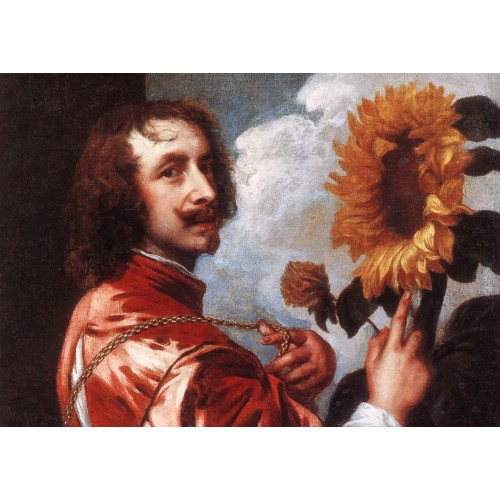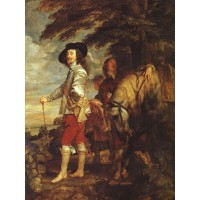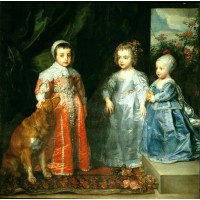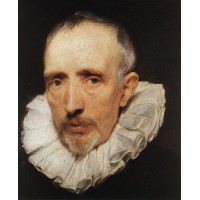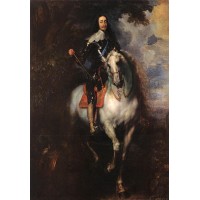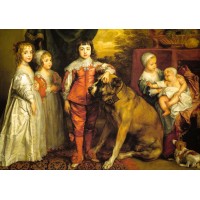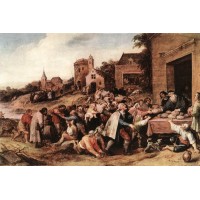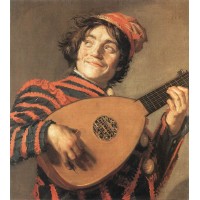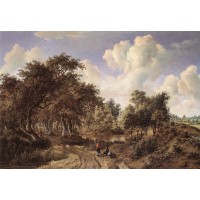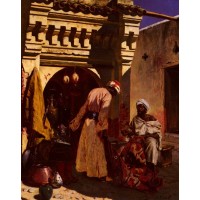Self portrait with a Sunflower
- Artist: Anthony van Dyck
- Categories: Man painting, Baroque Art,
- Product Code: anthony van dyck 41
Available Options
Self portrait with a Sunflower
In 1620, at the age of just over twenty, Van Dyck went to England, where his work was highly appreciated and he was granted an annual salary by King James I. But the following February he left the country for Italy, where he stayed until 1627, chiefly in Genoa. The encounter with Italian art, in particular the Venetian school, produced a profound change in van Dyck's style, as he shook off the influence of Rubens and adopted Titian palette of warm col-ors and the tonalism and elegant composition of Venetian oil painting. In Genoa he concentrated on portraiture and painted pictures of members of the most important families: his Portrait of Marchesa Spinola (Staatliche Museen, Berlin), and Equestrian Portrait of MarcheseAnton Giulio Bri gnole-Sale (Palazzo Rosso, Genoa) are celebrated. He also painted pictures of religious subjects during his stay in Italy, including the Madonna of the Rosary(oratory of the Rosario, Palermo).
He then returned to the Low Countries, laden with fame and wealth. Now at the head of a large studio, he devoted himself to the realization of nu-merous altarpieces and mythological pictures that seemed to anticipate the rococo style paintings, as well as portraits to satisfy the demand from the rich burghers of Flemish society.
In 1632 Anthony van Dyck went back to England, summoned by King Charles I, his admirer and collector. His activity on the other side of the Channel was prolific: he produced almost 400 works, many of them portrait paintings, and made use of numerous assistants, often limiting his own contribution to the faces and leaving them the job of painting the sumptuous clothing, natural backdrops and gold and silver lighting that was a distinctive trait of his elegant and luminous painting. Van Dyck captured on canvas the suave image of aristocratic English society, with its cult of refinement: the style of his portraits long exercised an influence on that country's painting, leaving lasting traces in the works of Gainsborough and Reynolds.
He also painted various pictures of Charles I, of which the most unusual is perhaps the triple portrait (Charles I in Three Positions, 1635, Royal Art Collection, Windsor). The painting depicts the monarch frontally, in profile and at three-quarters, and was executed to serve as a model for a portrait of the king that Bernini carved in Rome in 1636 and sent to England in 1637.
Falling ill at a time when he was thinking of returning to the continent, the artist died in London in 1641.
China Oil Painting Gallery supply Self portrait with a Sunflower of Anthony van Dyck by customer sizes. 100% hand painted museum quality painting reproduction on canvas for sale . We can paint by any size. If you need a customer size that out of above list, please contact with us.

